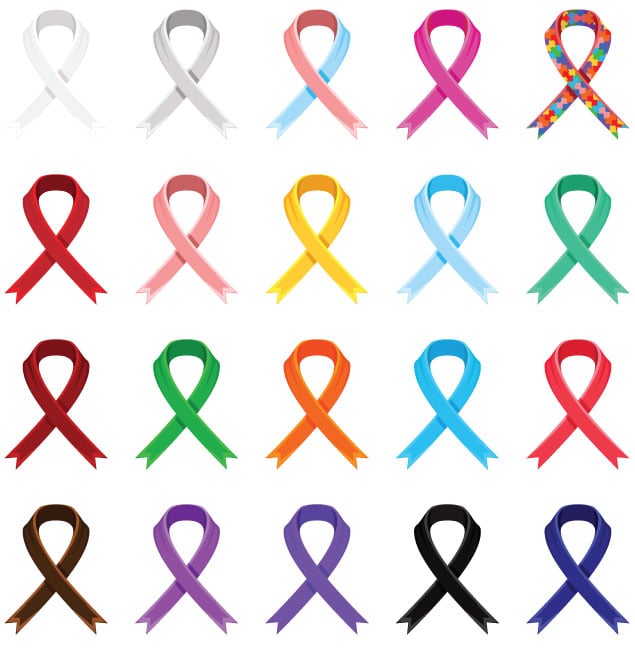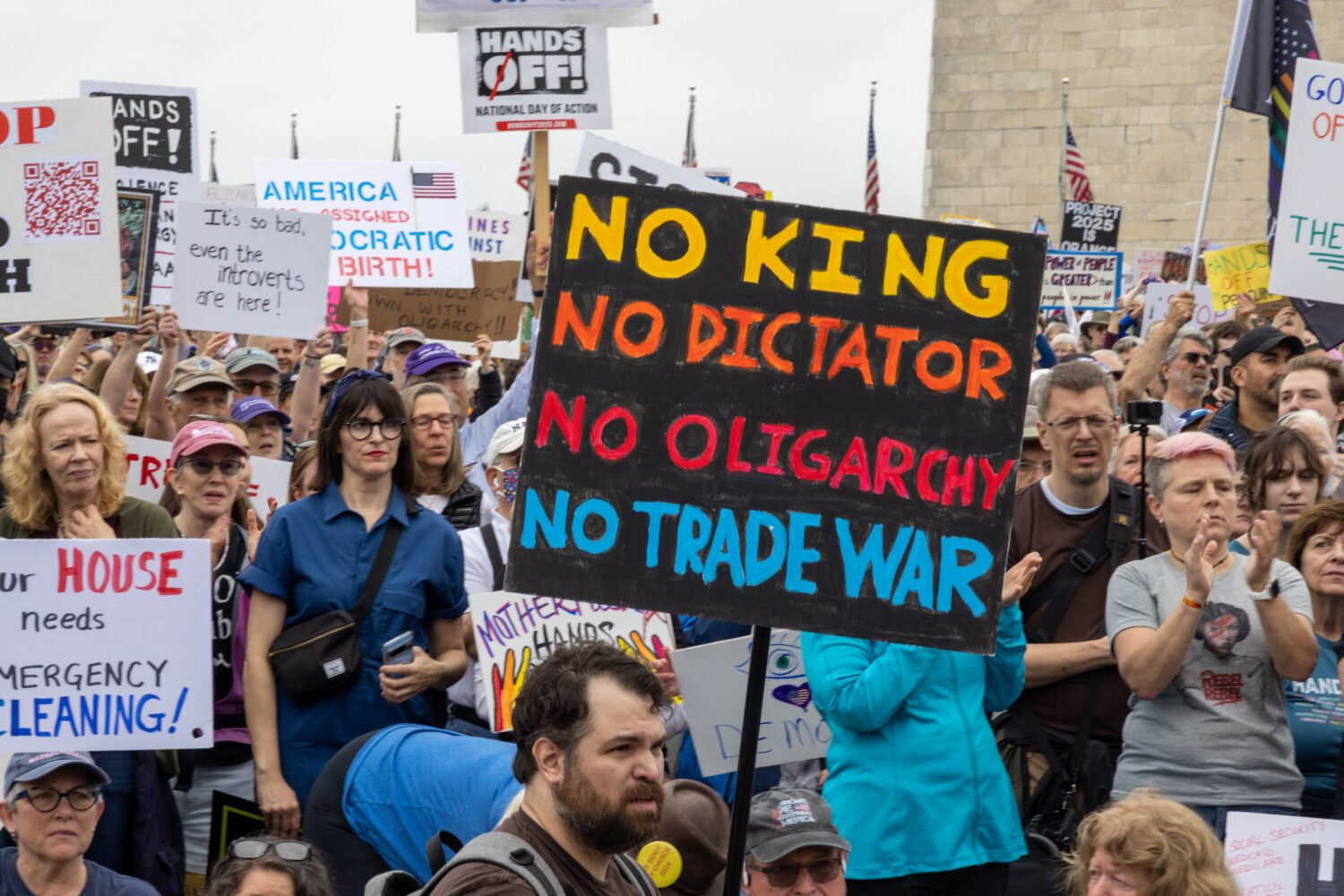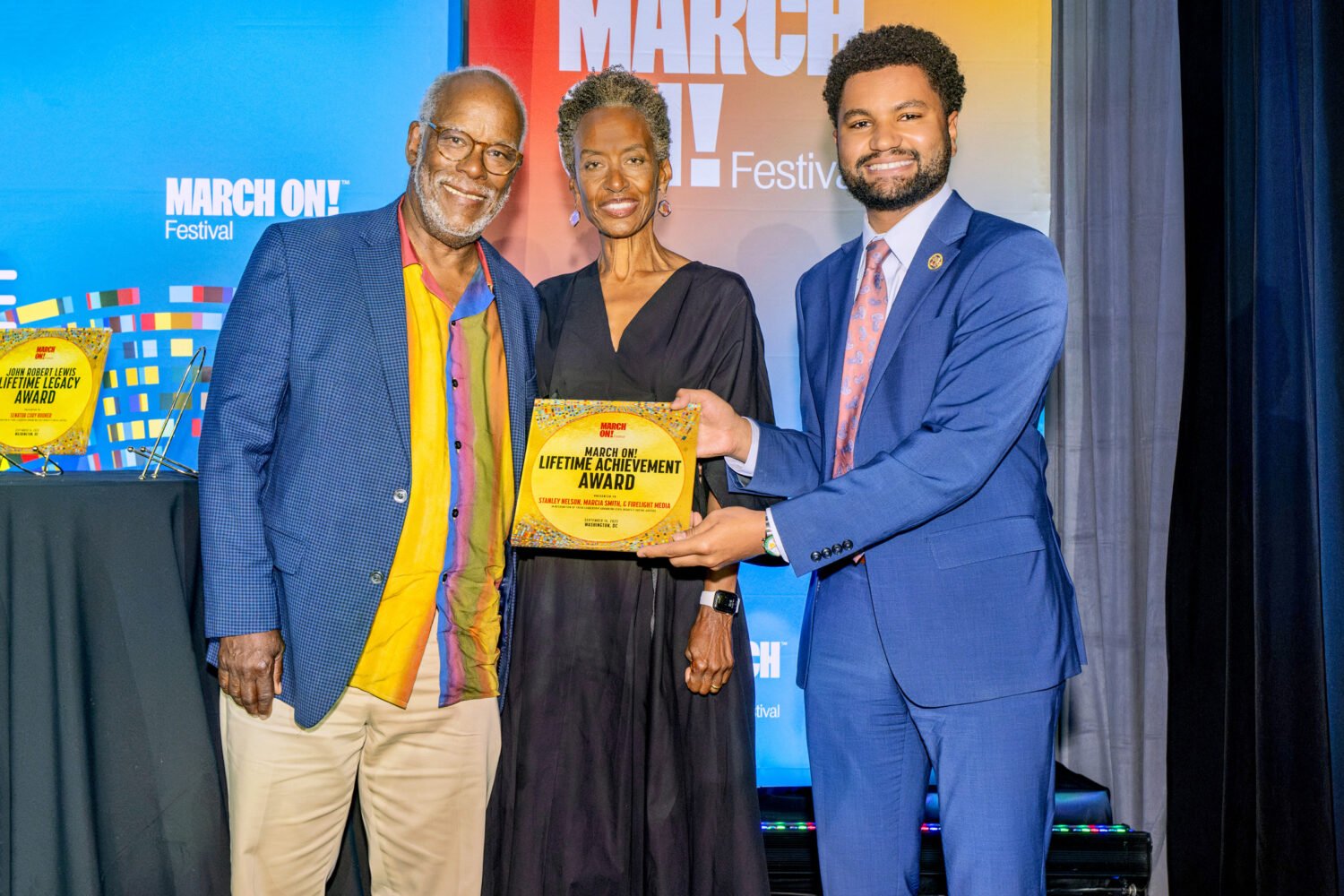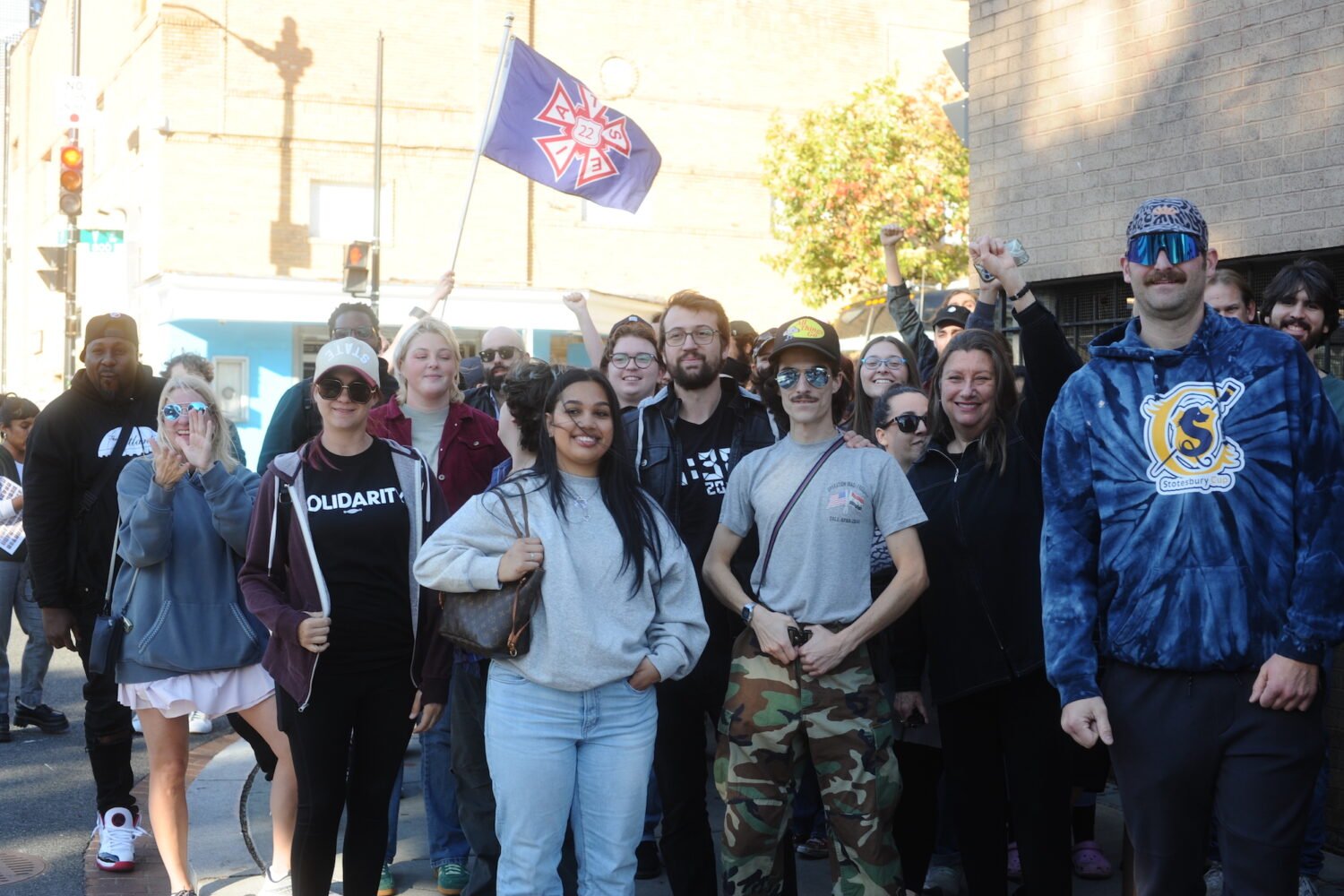March 5, 2012: San Diego-based Invisible Children releases a
30-minute video called Kony 2012. It gets almost 112 million
views during its first week on YouTube, prompting Time magazine to call it
the most viral video ever.
The video introduces viewers to African warlord Joseph Kony and
depicts the havoc that his Lord’s Resistance Army has wreaked on Ugandan
families since the late 1980s. It describes killings, torture, maimings,
and the capture of tens of thousands of children who are used as soldiers
and sex slaves. The story of Kony’s tactics is horrifying—that’s never
been up for debate—and the video tugs at even the numbest
heartstrings.
Millions of Americans jump at the chance to support Invisible
Children in its mission to capture Kony by the end of 2012. They buy
T-shirts and bracelets, make donations, and feel proud of contributing to
an effort against such abuse and violence.
But within days after the video’s release, they hear some
questionable data about Invisible Children’s finances—that just 37 percent
of the group’s funds are spent on aid in Africa, with the rest going
toward such items as salaries for nearly 150 employees, travel, and film
production.
Invisible Children’s director of idea development, Jedidiah
Jenkins, says in an interview: “The truth about Invisible Children is that
we are not an aid organization, and we don’t intend to be.”
What’s more, newspapers all over the country report that Kony
hasn’t been operating from Uganda for years. All of a sudden, donors feel
duped because they didn’t get the full story.
Although many people may have chosen to give to Invisible
Children anyway, experts say they shouldn’t have done so on the spot, when
emotion overran reason. A few simple steps could have empowered them to
make a more informed decision about how and where to donate.
With the end-of-year giving season upon us, we asked industry
experts how donors can find and vet a charity that’s worthy of their
support.
Step 1: Pick a problem you care about
Barbara Harman heads the Harman Family Foundation and edits the
Catalogue for Philanthropy: Greater Washington, an annual
publication that profiles and recommends about 70 local charities. She
says the first step toward becoming an engaged donor is to ask yourself
what you care about. Whether seasoned or first-time givers, people become
consistent donors and take more pride in their gifts when they contribute
to an initiative they find important.
“I might make a small unplanned donation if a friend asks,”
says Harman. “But I’m not likely to stay involved unless I really identify
with the organization.”
Robert Zagorski—who volunteers several times a week and has
donated to more than 60 groups in the past few years—suggests choosing a
handful of causes that strike a chord for you. For him, those issues are
hunger and homelessness, education, and animals. Zagorski has chosen about
15 local groups to support, including Higher Achievement, ThriveDC, Manna
Food Center, Junior Achievement of Greater Washington, and HorseNet Horse
Rescue.
Though he reevaluates and adds new charities regularly,
Zagorski says he would never quit supporting one of his core
organizations: “No way, because I care about the issue and I know about
the impact.”
Step 2: Decide whether you’d rather invest locally or
globally
Opinions vary about whether donating to a local charity or a
larger national organization has greater impact. The short answer is that
both are worthwhile, and it depends on what type of problem you’re most
drawn to solving.
On the one hand, multinational charities help people in dire
need all around the world and, to some extent, spread goodwill on behalf
of the United States. The American Red Cross, for example, provides global
disaster relief, dispatching employees and volunteers when large-scale
tragedies strike. After the 2011 earthquake and ensuing tsunami ravaged
Japan, the American Red Cross, which is based in Washington, contributed
more than $240 million to disaster response, providing temporary homes,
appliances, and other necessities.
Keep in mind, though, that new organizations frequently pop up
in the wake of disasters. Following the earthquake and tsunami, Gary
Almond, a regional president of the Better Business Bureau, said in a
statement: “Unfortunately, we’ve seen time and time again that scammers
will try to take advantage of the generosity of the public after a
disaster; that’s why it’s so important to take your time and do your
research before donating to relief efforts.” Always be wary of a group
that has formed very quickly to address one need.
Disaster relief isn’t the only area in which choosing to give
to a large, well-known institution can be a wise bet—in many cases, the
vastness of an organization is its biggest strength. Having financial
security as well as a large network of employees and volunteers enables
bigger charities to tackle systemic problems—everything from disease to
crumbling roads and infrastructure—effectively. The DC-based United
Nations Foundation, for example, runs a campaign called Nothing but Nets
that has provided more than 6.5 million insecticide-treated bed nets to
families in Africa since 2006. Such netting can reduce malaria
transmission by 90 percent.
One downside to funding this type of work is that you can’t
feel the impact of your donation at home. There’s plenty of poverty and
illness right here in Washington, and you may prefer to help someone in
your own community avoid hunger, learn English, or gain job skills. You
might want to beautify a blighted area that you drive by every day or help
clean up the Chesapeake Bay.
Thousands of groups are doing this kind of work in Washington.
The Arlington Free Clinic (arlingtonfreeclinic.org), Potomac Conservancy
(potomac.org), DC Central Kitchen (dccentralkitchen.org), Literacy Council
of Northern Virginia (lcnv.org), and Homeless Children’s Playtime Project
(playtimeproject.net) are just a handful of highly regarded
Washington-focused nonprofits that address specific community
needs.
Step 3: Research online
Once you’ve decided which problem speaks most strongly to you
and to the scope of the charity you’d like to support, three websites can
help you dig deeper and narrow your choices.
Started ten years ago by a husband-and-wife team who had in
mind an unbiased model such as the investment-research firm Morningstar,
Charity Navigator (charitynavigator.org) is a great first step. Its search
function creates lists of charities based on several criteria. You can
filter by categories such as arts/culture/humanities, environment, and
health or by size or scope of work (regional, national,
international).
Sandra Miniutti, vice president of marketing and chief
financial officer of Charity Navigator, says that about 6,000 of the
million or so charities in the United States appear on her organization’s
website. Each year, the site’s staff of nine adds about 500 new
ones—beginning with the largest charities recognized by the Internal
Revenue Service and working toward the smallest—and each group is
reevaluated annually. This means there are many charities that don’t
appear in searches, but Miniutti says absence from the site isn’t a bad
sign: “It’s just that we haven’t gotten to them yet.”
Despite the site’s limitations, one tool is particularly
useful—a feature that allows potential donors to compare the financial
details of up to five organizations side by side. It examines data such as
total revenue and expenses, percentage of revenue used for programming and
administrative costs, and whether an organization has independent, voting
board members and independently audited financials. These criteria can all
be used to determine a charity’s financial soundness—and they give donors
a good idea of what to look for in an organization not reviewed by the
site.
Another place to check is GuideStar (guidestar.org), which lets
you look at a group’s Form 990, an annual return that certain federally
tax-exempt organizations must file with the IRS. Barbara Harman suggests
examining several years’ worth of 990s, as trends can be much more telling
than a single snapshot.
If, for example, an organization is overhauling its database
and website, bringing in a consultant to rework programs, and updating its
office equipment all in the same year, it might appear to have drastically
higher general and administrative expenses that year than it typically
would. Looking at three or four years’ worth of data can make anomalies
such as this clearer.
Finally, the industry watchdog group CharityWatch
(charitywatch.org) can provide tips and background information to augment
your research. Its vast collection of articles offers a wealth of
information—you’ll find answers to common questions, including what
percentage of revenue an organization should allocate to general and
administrative expenses such as salaries, overhead, and fundraising. The
answer, according to Charity Watch: no more than 25 percent.
Step 4: Look for red flags
Nonprofits should meet many of the same requirements that a
for-profit business does to be viable long-term, such as having a diverse
set of revenue streams and sound auditing policies.
In order to be listed in the Catalogue for
Philanthropy, an organization must supply information on its major
donors and explain anything that seems out of the ordinary. Some red flags
that Harman’s group looks for:
• Excessive salaries, such as an executive director whose
paycheck eats up 15 percent of the organization’s budget.
• Revenue or expense projections out of line with previous
years’ budgets, indicating poor budgeting practices or unrealistic
expectations.
• A significant deficit.
• A number of board members who don’t make regular donations.
You don’t want people to sit on a board solely to pad their résumés. If
someone cares about an organization enough to join its board, he or she
should also care enough to donate money.
• Non-diverse revenue sources.
Industry experts say that another warning sign is if a charity
asks for cash—it should want its records to be traceable and clean, which
means that cash is a not a good idea. A check or a credit card is
considered the best way to make a donation.
Step 5: Call or visit your finalists
Every philanthropic organization has staff or volunteers who
can talk to you about its goals and how they’re reached. They should be
able to discuss their programs in a specific, informed way and explain how
people in need gain access to them.
Questions you might ask when you call include the following:
What need do you serve, or what problems are you trying to solve? How are
you doing it? Why do you choose to do it that way? How do you measure your
impact? Where are you struggling? What kind of help do you
need?
“We see people so often who pick a charity because it has
‘cancer’ in the name and they think it does research,” says Miniutti. “But
if it actually does advocacy or helps pay for patient care, those people
won’t have gotten what they wanted, even if the charity is very good at
what it does.”
If you’re still looking for more information and you have time,
many organizations, particularly smaller ones, will meet with you or show
you around their facilities. Even better, see if it’s possible to spend a
day volunteering. There may be no better way to judge whether a charity is
well run than gaining hands-on experience.
Step 6: Get started early
Thoroughly researching a charity is a lot of work. To do it
right, you’ll need time, and the few days before the end of the year—when
many offices are closed or operating at a less-than-peak capacity—won’t
likely be enough.
“This can get put off, and even if you plan to do it at
Thanksgiving, all of a sudden it’s the end of December,” Harman says.
“When you’re giving on December 31, how thoughtful are you in a position
to be?”
This article appears in the December 2012 issue of The Washingtonian.


















